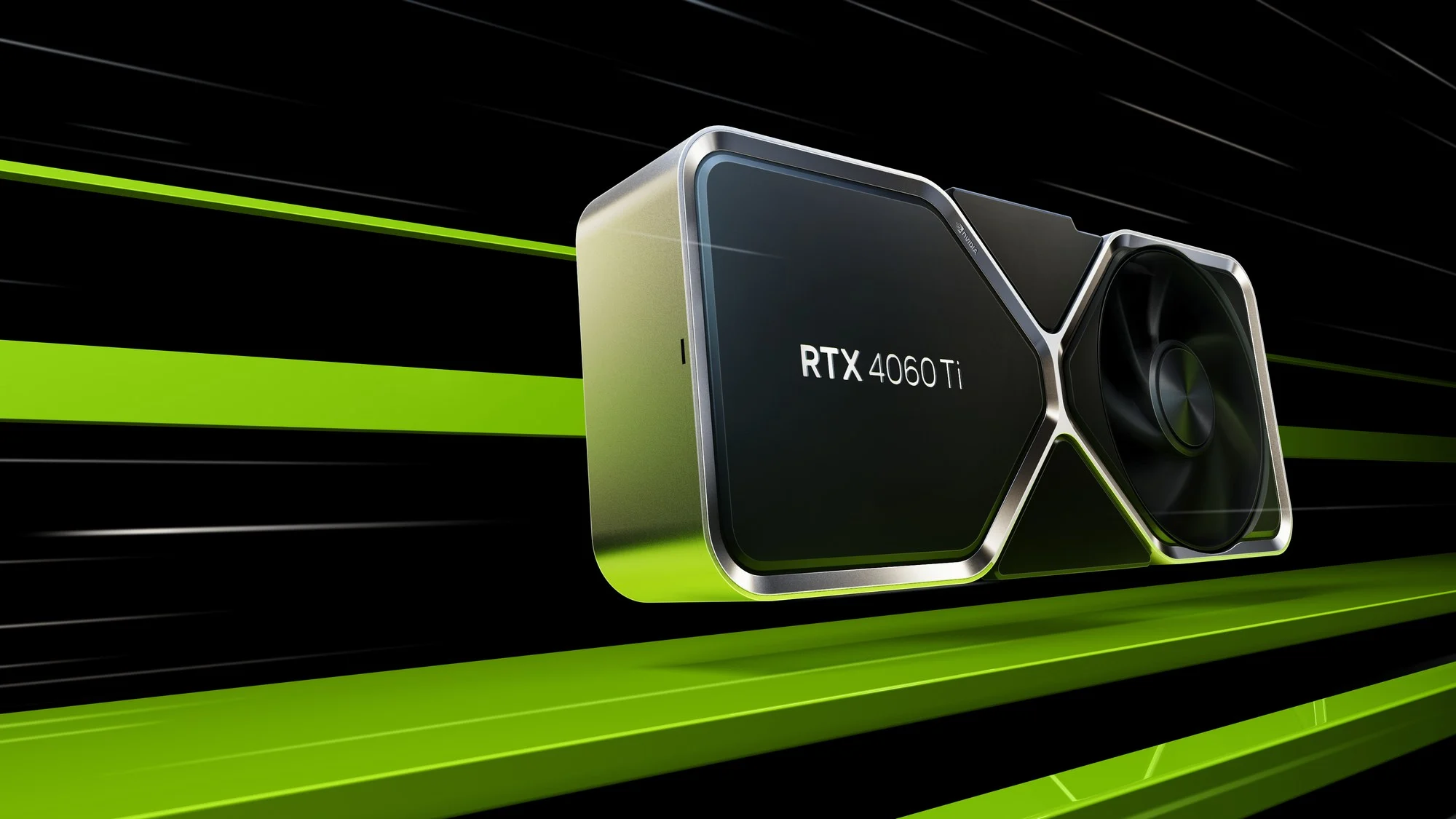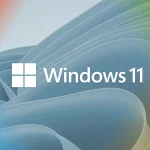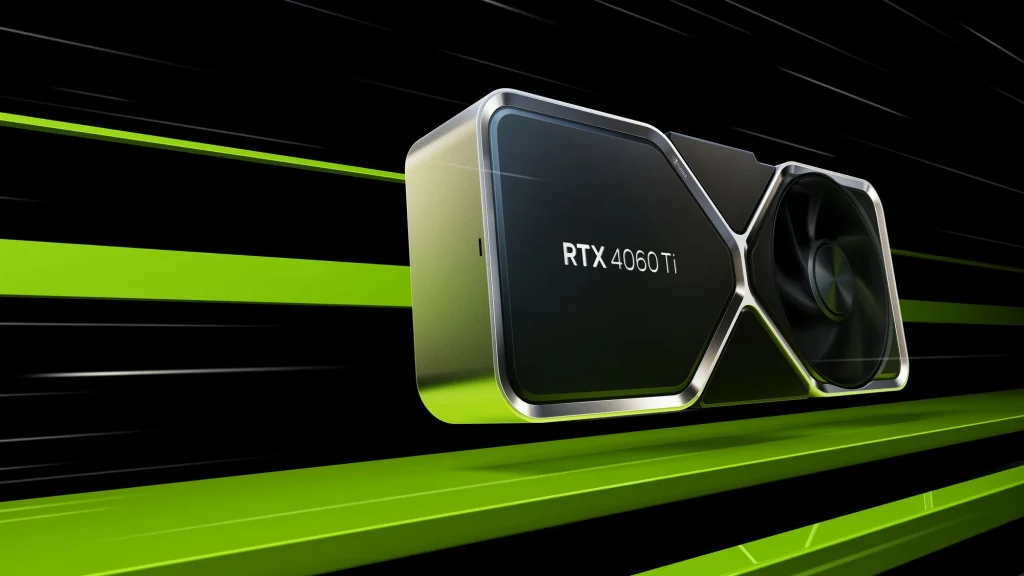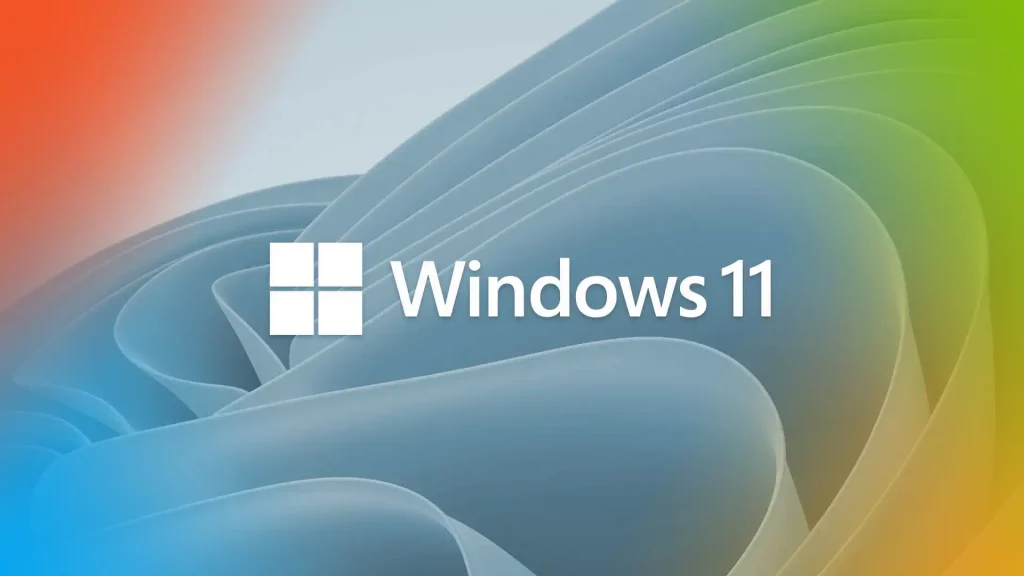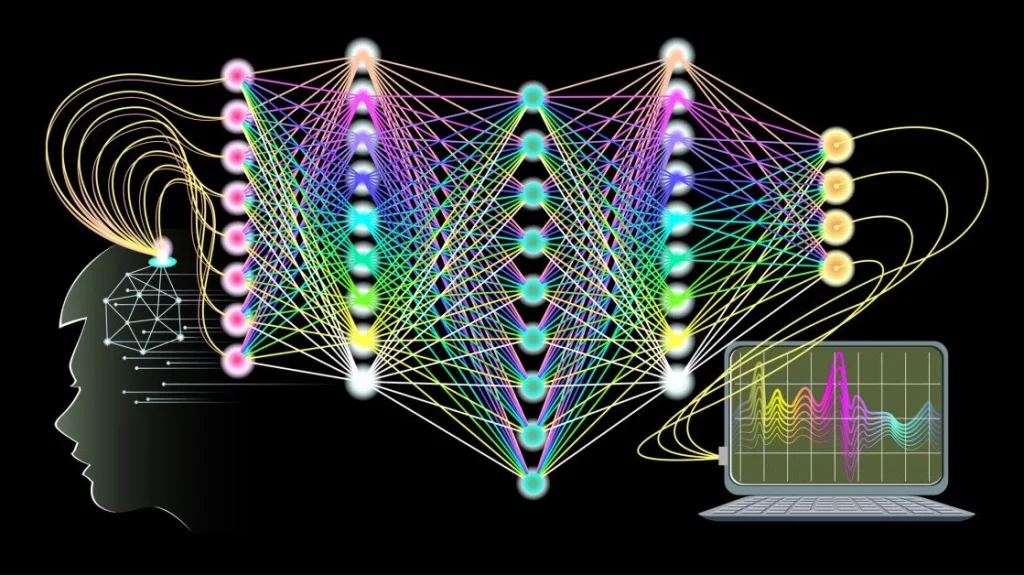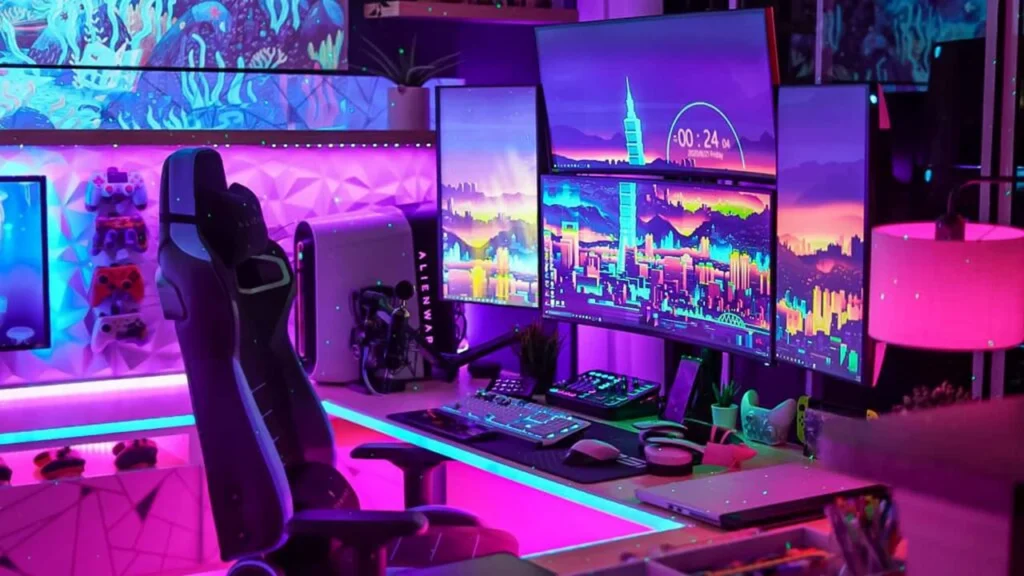[wpadcenter_ad id=362 align=’none’]
Understanding RTX Technology
RTX stands for Ray Tracing Texel eXtreme and is a proprietary technology stack that includes hardware acceleration for ray tracing and artificial intelligence tasks. The core of NVIDIA RTX technology lies in its ability to carry out highly complex computations in real time, which is essential for simulating physical behaviors of light and materials in a virtual environment.
Ray Tracing
At the heart of RTX technology is ray tracing, which simulates the physical behavior of light to bring real-time, cinematic-quality rendering to content creators and developers. Ray tracing calculates the color of pixels by tracing the path that light would take in the real world. This involves simulating interactions of light rays with virtual objects, including reflections, refractions, and shadows. Traditionally, executing ray tracing has been computation-heavy, limiting its application to pre-rendered images or requiring substantial hardware for real-time applications.
AI and Deep Learning
In conjunction with ray tracing, RTX technology utilizes AI and deep learning to improve performance and image quality. NVIDIA’s Deep Learning Super Sampling (DLSS) is an AI-based technology that uses neural networks to produce sharp images while drawing fewer computing resources than traditional methods. DLSS analyzes millions of image sequences to learn how light and color interact, adjusting its algorithms to deliver the best possible visuals without overloading the GPU.
Turing Architecture
The NVIDIA Turing architecture, which powers RTX GPUs, is designed specifically to handle the intensive tasks associated with ray tracing and AI-driven image enhancement. This architecture features RT Cores to accelerate ray tracing and Tensor Cores for AI processing, alongside traditional CUDA cores for general-purpose GPU computing. This combination allows the RTX series to perform up to six times faster than previous-generation graphics processors on certain tasks.
Applications of RTX Technology
While gaming is a primary focus for RTX graphics, its capabilities extend into various professional and creative realms.
Gaming
For gamers, RTX technology means more immersive and visually stunning experiences. Games like ‘Cyberpunk 2077’ and ‘Minecraft’ have showcased how real-time ray tracing can transform environments with dynamic lighting effects that mimic the real world. RTX also improves game performance through features like DLSS, which allows games to run at higher resolutions without compromising on frame rates.
Content Creation and Film Production
In film and video production, RTX technology speeds up the rendering process, allowing for near-instantaneous previews. This helps in quick iterations during editing and effects tuning, significantly reducing production times. Moreover, graphic designers and artists use RTX GPUs to render complex 3D scenes and animations more efficiently than was previously possible.
Scientific Visualization and Virtual Reality
RTX technology also finds applications in scientific visualization, where large datasets require real-time rendering to help researchers visualize complex phenomena, such as climate patterns or human anatomy. Moreover, virtual reality platforms benefit significantly from RTX’s capabilities, offering more realistic and responsive environments that are essential for immersive VR experiences.
Future of RTX Technology
As we look to the future, the potential of RTX technology continues to expand. The ongoing development of ray tracing and AI algorithms promises even more realistic graphics and more efficient processing. This could lead to broader adoption in fields like augmented reality, automotive, and AI training simulations, where real-time visual fidelity and responsiveness are crucial.
Furthermore, as more game developers and software providers integrate RTX support into their products, users can expect a richer ecosystem of applications and services optimized for RTX technology. This not only enhances the user experience but also drives forward the entire industry towards more advanced and realistic interactive media.

